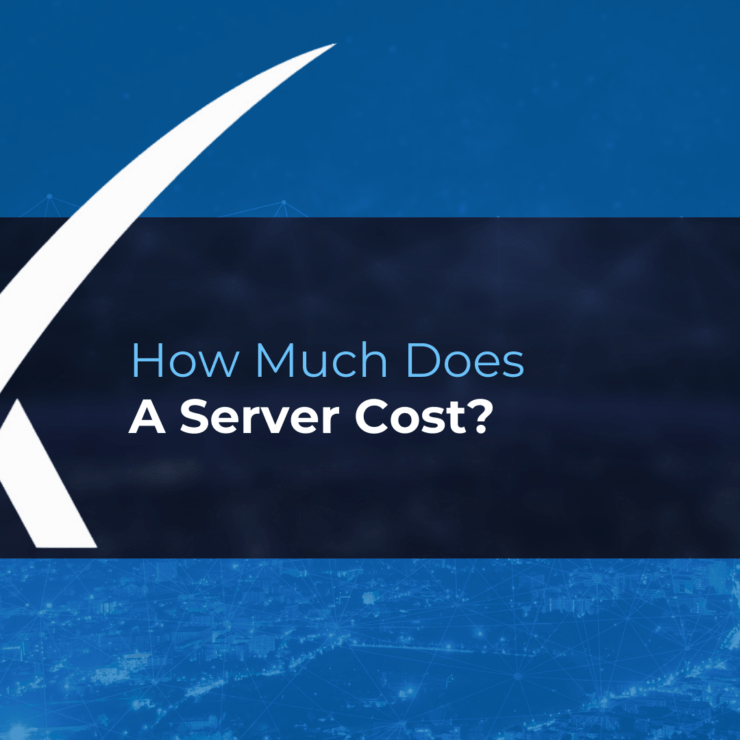How Much Does A Server Cost?

Businesses price out a server and associated storage cost at a median of just over $1500, so we’ll use $1600 as our base cost. On the average, the same businesses will assign the server a useful life of four years, so the per-year cost is $400, assuming straight-line depreciation. After four years, the cost becomes zero, right? That’s where it gets complicated.
In the four-year period, businesses in our survey reported they paid $940 in maintenance plan and service costs; $790 in power, cooling and facilities, $2400 in systems management and technical support costs, and $3,600 in productivity lost due to scheduled downtime or failures. That makes the basic cost of the server for the useful life period $9,330, or $2,333 per year. Only $400 of that cost is deducted after year four, so the savings obtained by keeping the device isn’t nearly as notable as it might appear, even when you are no longer paying off the hardware.
It is even less impressive than you might think. Most companies won’t consider keeping servers longer than seven year, so their total cost of ownership (TCO) in that next three-year year period was critical. The power and facilities costs usually stayed the same. For maintenance and service, the three-year cost was $1,540, for systems management and tech support, it was $2,480; and for productivity lost due to outages, it rose to $3,920. That made the TCO for the next three years $8,533, or $2,844 per year. That’s $500 higher than the annualized TCO for the first four years, even with the contribution of server cost included.
Server Virtualization Increases Savings Too
New servers are usually installed to take advantage of new server architectures and new price/performance relationships.
For example, the number-one driver of data center change today is virtualization. When our server became one of many in a server farm, virtualization reduced costs even more. Virtualization-capable servers did have a higher average initial cost than standard dedicated servers due to improved memory and storage/communications capabilities (about 22%). Their higher energy efficiency and smaller footprint, however, meant 27% less overall facilities cost, and even modest virtualization improvements reduced the number of servers by half. Maintenance and management/support costs per virtual machine were thus lower by half versus standard servers.
If the virtualization-ready server farm also provided for virtual machine movement during maintenance, productivity losses fell by 70%. This created a four-year TCO for a new server complex of only $4,375, or $1,094 per year. That’s a 53% reduction in TCO. If you populate our scenario with new servers with modern multicore technology, the number of virtual machines hosted per servers can rise significantly, creating even more savings.
Source: “Can You Operate a Server Too Long” by Tom Nolle, in Dell “Catalyst Magazine.” Issue No. 1, 2012. Tom Nolle is president and founder of CIMI Corporation.